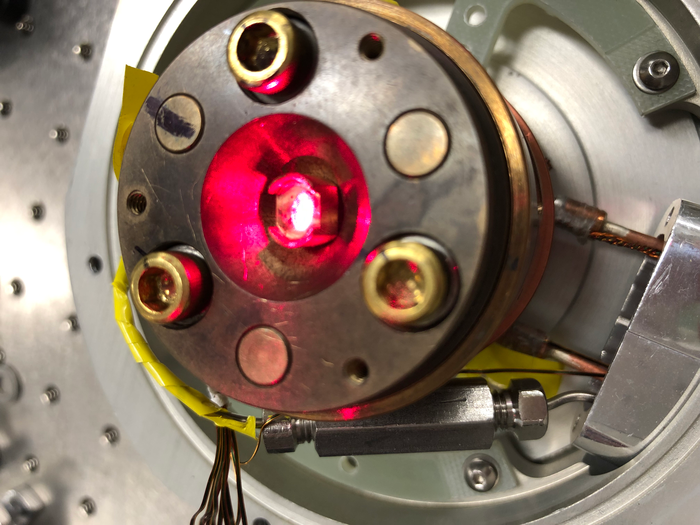New laser breakthrough could allow scientists to transform materials just using light

Scientists say they have made a major step towards being able to transform materials using just light.
The new breakthrough is a step towards the creation of things such as windows that can turn instantly into mirrors, or high-speed computers that use light rather than electricity, and many more besides.
“These tools could let you transform the electronic properties of materials at the flick of a light switch,” said Caltech Professor of Physics David Hsieh. “But the technologies have been limited by the problem of the lasers creating too much heat in the materials.”
Scientists have long had hopes for the use of lasers in shaping and sculpting materials. But they have been held back by heat, which is generated through the process and damages whatever they are trying to use the lasers on.
“The lasers required for these experiments are very powerful so it’s hard to not heat up and damage the materials,” said Junyi Shan, the lead author on the study.
“On the one hand, we want the material to be subjected to very intense laser light. On the other hand, we don’t want the material to absorb any of that light at all.”
To get around that, scientists found a perfect in-between where the laser is finely tuned so that it can change the properties of a material without producing that heat.
They also found that it is reversible, so that when the laser is turned off the material goes back to how it was before.
Scientists have been looking to develop such a system for years, with the basis of it stretching all the way back to the 1960s. But they have now demonstrated it successfully, in ways that could allow it to be used practically.
That could allow for the creation of new kinds of materials – such as exotic quantum magnets – which might never have been possible before.
“In principle, this method can change optical, magnetic and many other properties of materials,” said Shan. “This is an alternative way of doing materials science. Rather than making new materials to realize different properties, we can take just one material and ultimately give it a broad range of useful properties.”
The research is described in an article, ‘Giant modulation of optical nonlinearity by Floquet engineering’. published in Nature.
Join our commenting forum
Join thought-provoking conversations, follow other Independent readers and see their replies
Comments